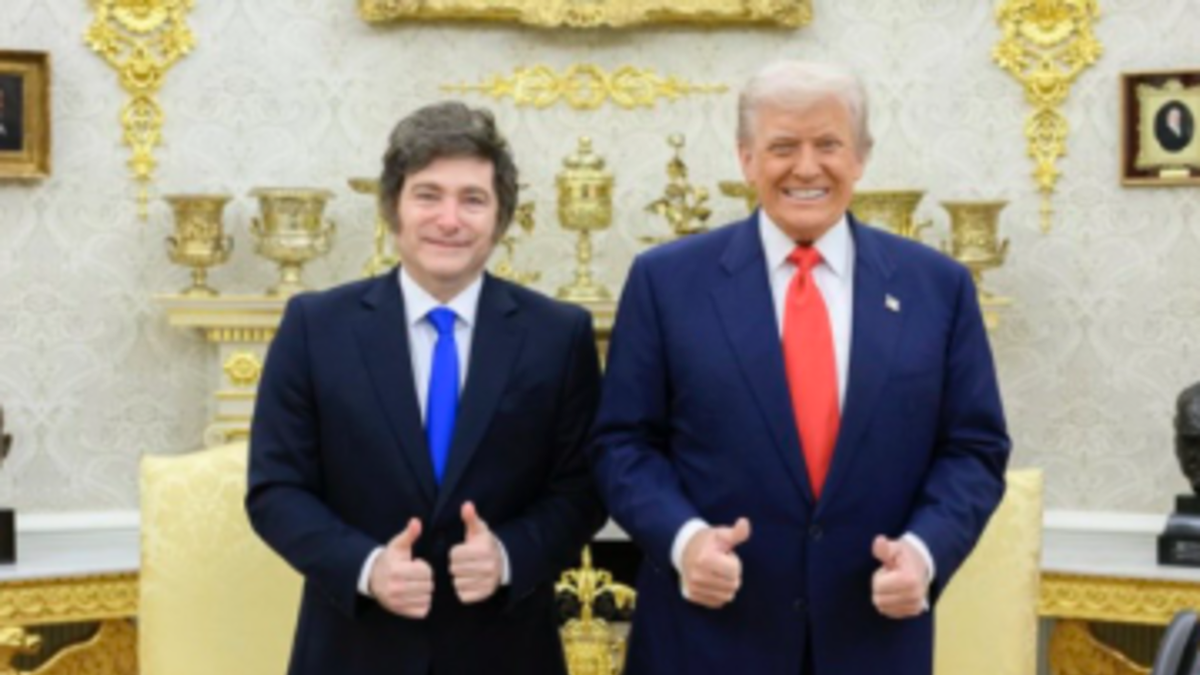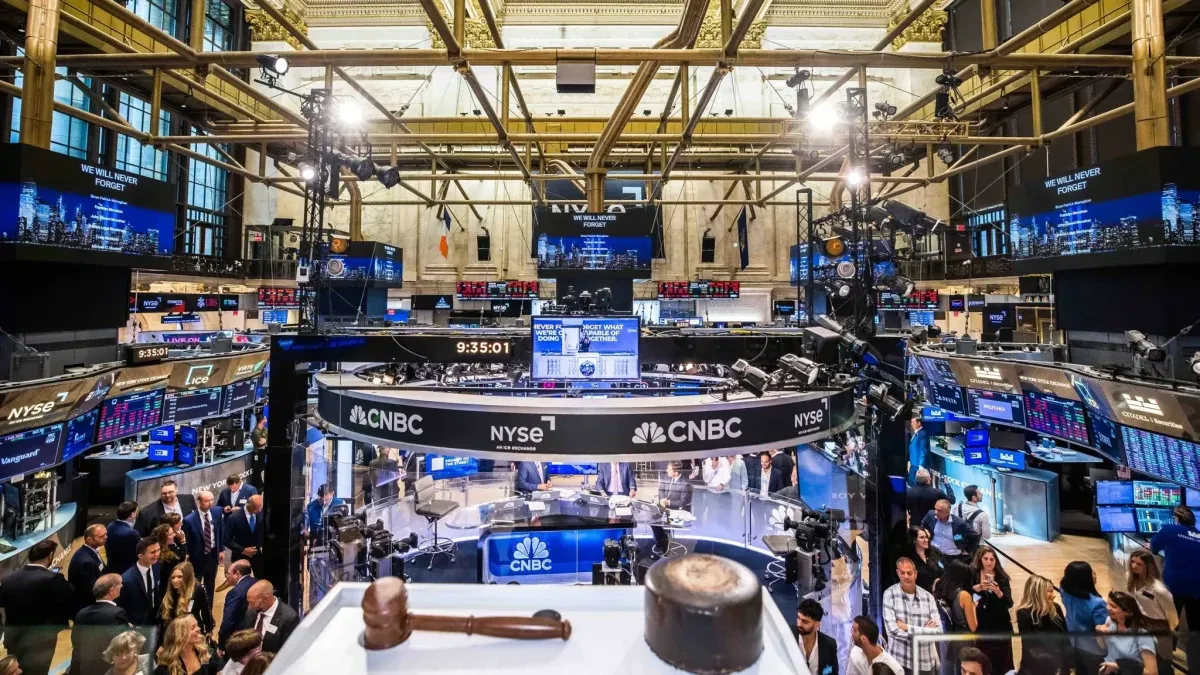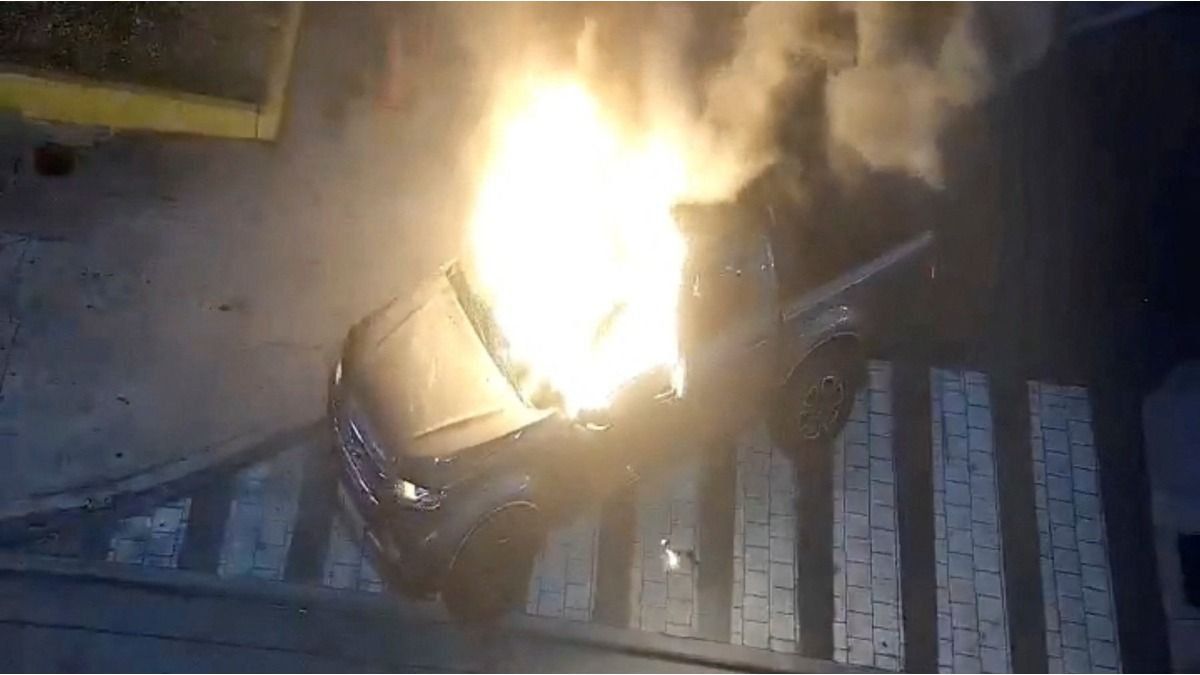I have been working in the news industry for over 6 years, first as a reporter and now as an editor. I have covered politics extensively, and my work has appeared in major newspapers and online news outlets around the world. In addition to my writing, I also contribute regularly to 24 Hours World.
Menu
The situation at a glance: Threatened Ukraine is reorganizing its army
Categories
Most Read
Retirement provision: Cabinet decides on active pensions – overall package
October 15, 2025
No Comments
Israel: Body handed over by Hamas was not hostage
October 15, 2025
No Comments
Conflict in the Middle East: Army: One of the bodies handed over was not a hostage
October 15, 2025
No Comments
Hamas releases video of public execution
October 15, 2025
No Comments
Hamas hostages: A German-Israeli among the dead
October 15, 2025
No Comments
Latest Posts

What the international media said about the meeting at the White House
October 15, 2025
No Comments
After the President Javier Milei and his US counterpart Donald Trump held a meeting this Tuesday at the White Househe expressed his financial support for

The premarket anticipates increases on Wall Street thanks to expectations of new Fed cuts
October 15, 2025
No Comments
October 15, 2025 – 09:07 This Tuesday new statements from members of the Fed will be added. On the business side, the announcement of a

Car bomb in Ecuador exploded in front of a building belonging to Noboa’s family, leaving one dead and more than 30 injured
October 15, 2025
No Comments
a strong explosion recorded in Guayaquil, Ecuadorcaused the death of a person and left more than 30 injured in the vicinity of the Mall del
24 Hours Worlds is a comprehensive source of instant world current affairs, offering up-to-the-minute coverage of breaking news and events from around the globe. With a team of experienced journalists and experts on hand 24/7.

